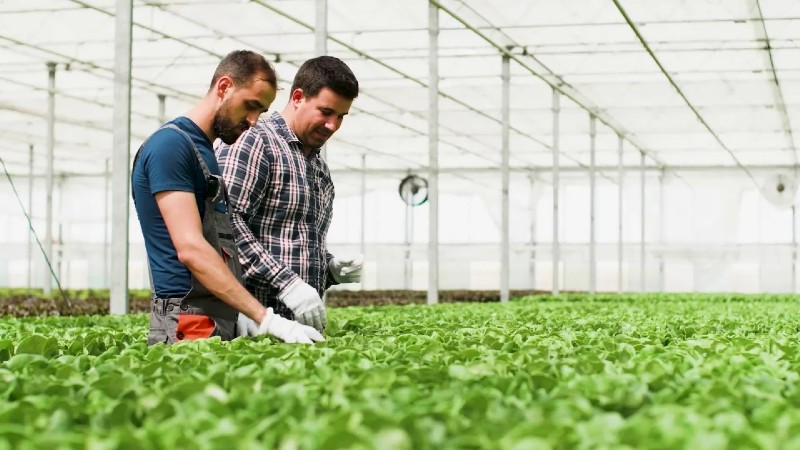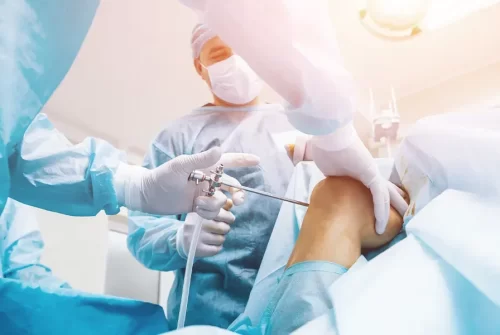
Hey Mate! How are you doing? How are your marijuana plants? You know, when I started growing cannabis, my first batch of weed got spoiled after it reached the flowering stage. I did not lower the humidity in the flowering stages, and a mildew attack spoiled them completely. Sad, right? It took me quite some time to master the art of providing the right humidity for the plants.
Along with light and temperature, humidity plays a key role in the life of cannabis plants. Most new cannabis growers handle air circulation and temperature control well. But they don’t often pay attention to maintaining the relative humidity in the growing area.
As a result, they often face problems like bud rot or pest infestation.
Today, I would share the methods of controlling humidity levels when growing your indoor marijuana garden. But before that, let’s know more about humidity.
Humidity
Humidity is defined as the amount of water particles in the air, and there are three ways of measuring it.
- Absolute Humidity: The actual water particles in a certain area.
- Specific Humidity: The ratio of moisture to the dry air present in a certain place.
- Relative Humidity: Actual amount of moisture in a particular area is compared to the amount of moisture held in the area.
When you grow cannabis, relative humidity is measured. Humidity is intimately connected to temperature, and when the temperature is increased, the humidity decreases, and vice versa.
Why Is Humidity Crucial For Cannabis Plants?
You must understand the respiration process of a cannabis plant to realize how humidity plays a part in its growth. The plant needs to convert the sugar produced during photosynthesis, and the plant must convert this sugar or glucose to energy and oxygen needed for the plant’s growth. Carbon dioxide has to be absorbed from the environment for this.
The tiny pores of the leaves known as stomata absorb carbon dioxide. During this process, the plant loses water, and relative humidity decides how much water the marijuana plant will release into the air.
When there is enough moisture in the air, high relative humidity, and dry air cause low relative humidity.
If the plant loses a lot of water, the stomata are closed to check the water loss. This affects the respiration process, and eventually, the plant’s health deteriorates.
The relative humidity is important to regulate the plant’s water loss and respiration process. An optimum humidity level will help the plant thrive and give you a massive harvest.
How To Control Humidity In Cannabis Grow Room
You might be thinking that the plant can suffer dry air and low relative humidity by watering. However, that’s not true, and plants would choke and get root rot due to overwatering.
With the right relative humidity level in the growing space, the plants quickly grow, and their pores would stay open for maximum co2 respiration.
You need to ensure that the correct relative humidity level is maintained in each growth stage of the marijuana plant.
- Seedling Stage Or Clones: The relative humidity should be between 60 to 80%
- Middle And Late Vegetation Phase: You should ensure 45 to 85 % relative humidity in the growing space
- Early Flowering Phase: reduce the relative humidity to 40 to 55% when the plants begin flowering.
- Late Flowering Phase: you must keep the humidity to a minimum of around 25-40% during this stage and prevent any mold or bud rots.
You can use the following methods to control the relative humidity in the growing room.
Insulate And Seal Your Grow Room
You need to insulate and seal the room properly. This will ensure that outside climatic factors do not affect your cannabis plants, and these factors include sunlight, humidity, and wind.
Air Movement
The absence of proper air circulation would not ensure circulation of co2 in the grow room, enabling respiration. You would require excellent air circulation to enable proper circulation. Often fans are not sufficient for air circulation, and they reduce the temperature of the growing area instead. You must allow proper airflow from the growing space’s top, bottom, and walls for optimum growth.
It is best to use floor fans as they pull air through the canopy of the cannabis plants and ensure a great balance of humidity. They also ensure that the co2 is distributed equally and a steady growing room temperature is maintained.
Control Grow Room Temperature
If you cultivate indoors, you already know how important it is to use the correct lighting for the marijuana plants. You might get tempted to use powerful light, and however, they increase the room temperature.
You also need to use an air conditioning unit that is adequately sized for your room. Too large or too small an air conditioning unit will make the temperature fluctuate. A steady temperature is important to maintain the optimum humidity in your grow room.
Using A Grow Room Dehumidifier
If you can’t get the humidity of the growing area under control by using proper temperature and air circulation, you will need to invest in a grow room dehumidifier.
You also would need to make sure that you install a correctly sized dehumidifier in your growing area that will pull out the appropriate amount of humidity from the air. You might also need more than one dehumidifier if you have a big growing area, and they must work seamlessly. However, you should not use a residential dehumidifier as they would not effectively handle the levels of relative humidity in the cannabis grow room. Moreover, as they are not energy efficient, you will have to suffer a spike in the energy bills.
This is because only commercial dehumidifiers will be the perfect fit for your growing area. They are expensive, yet they would save your plants from getting bud rot. By providing the correct relative humidity levels, commercial dehumidifiers will result in huge growth. They are also energy efficient and would result in lesser energy bills.
Humidifiers
If you have a huge growing space, you will need a humidifier, or else you can wet your fluffy towels and hang them on a hanger to increase the room’s humidity. In large commercial grow rooms, growers use automated humidifiers to keep the humidity in check.
Good Drainage
You should ensure that there are pools of stagnant water in the growing room. When the water moves, the air is shaken, and oxygen molecules get trapped within it. There is no trapped oxygen in stagnant water, allowing the bacteria to form and thrive.
When there is bacterial growth in the air, it releases moisture and increases humidity in the air. Thus proper drainage is important in your growing room.
If you are growing in hydroponics, you should cover the water reservoir to ensure that no more moisture is added into the air.
Hygrometers Or Humidity Meters
To maintain the proper humidity level, you need to monitor the levels of humidity in the growing area. Hygrometers or humidity meters would be of u, and therere are humidity meters available that monitor the co2 levels and temperature levels in the growing area.
Conclusion
In summary, you must give adequate importance to the relative humidity level in your grow room and prevent disappointments like mold, fungus, powdery mildew, or rooting buds.
There are a couple of other factors that affect the plant’s humidity. These are the location and the genetics. Your location and climatic factors play a role, and the genetics matter as different strains have different humidity requirements.
It is best to buy strains from a trusted seller to know what the specific requirements of the plant are. I enjoy getting my seeds from the top online seller, Homegrown cannabis co., as they have the most amazing variety of strains with stable genetics. You can check them out too.
I hope it is clear from the above article that humidity levels are important for cannabis plant growth. Let me know how it goes with your cultivation adventure.







